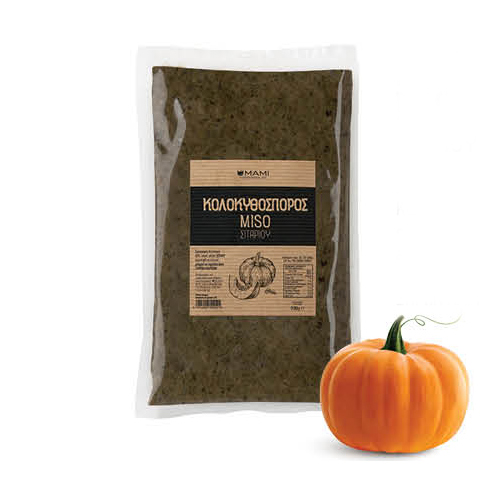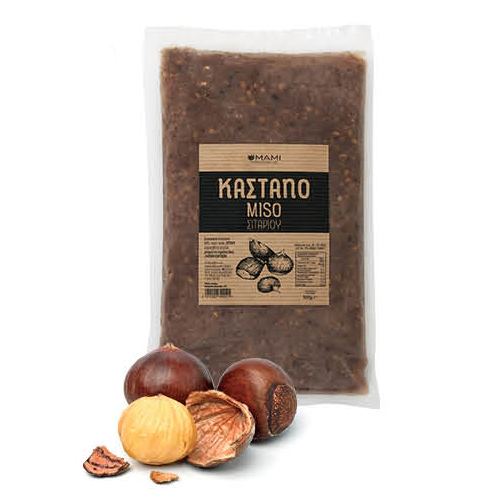Miso, a pasty substance made from fermented soybeans, wheat or rice, is deeply rooted in Japanese cuisine and culture. Although today we mostly know it as a key ingredient in miso soup, its origins and use date back centuries.
The original forms of miso come from China, where similar pasty substances are made from fermented grains and soybeans. Hatred arrived in Japan in the 7th century AD. through Buddhist monks and there it found a way to evolve and adapt to local tastes.
In Japan, miso production gained immense popularity as locals discovered miso's rich nutritional factors and health-enhancing properties. Also, thanks to its preservative action, miso was a way for the Japanese to keep their food fresh for longer periods of time.
As Japanese culture and cuisine evolved, miso took on various forms and flavors, depending on the region and the grains used. Today, miso has established itself as one of the most essential components of Japanese cuisine, with multiple uses beyond the traditional soup.



